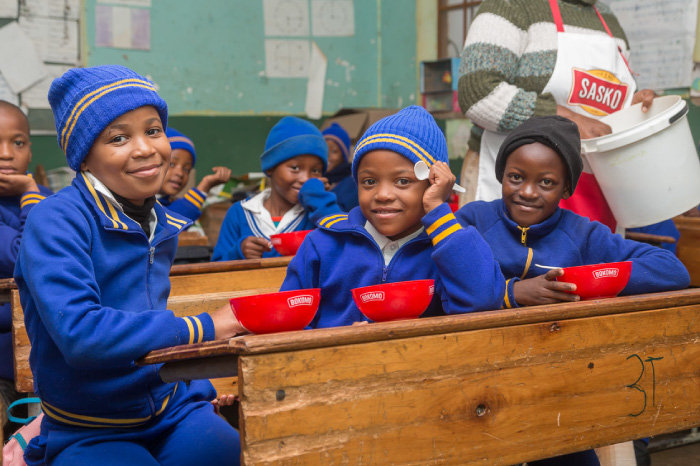
Food waste, food that is not suitable for human consumption, costs the South African economy more than R61 billion annually according to CSIR, accounting for an astounding 2.1% of the country’s GDP. A significant portion of this cost is the disposal of this waste, most of which ends up in landfills across South Africa.
However, one sustainable solution has been developed in the form of Waste to Food, an innovative business process that converts excess organic waste into very high-grade compost, through the naturally occurring digestive process in earthworms.
Founded in 2012 the organisation aims to reduce the food waste footprint while creating jobs and empowering the local community. The enterprise’s micro-franchise model provides entrepreneurial and economic opportunities for disadvantaged locals by supporting community gardens and assisting them in implementing organic farming initiatives and therefore improving food security.
Current partners in the project include Pick n Pay, the City of Cape Town, the Industrial Development Corporation (IDC), the Philippi Economic Development Initiative (PEDI), waste management company Don’t Waste, and the operating company Waste to Food.
Organic waste sent to the Waste to Food is turned into standard grade compost through a HotRot in-vessel composter. The HotRot unit allows the project to convert up to 28 tonnes of waste to compost every week.
The addition of the HotRot allows the project to turn any organic waste material such as meat, cooked food, pastry, and dairy products into rich compost. Previously, these kinds of waste food categories could not be converted to compost because of potential pathogens. The high temperature at which compost is formed within the in-vessel composter neutralises pathogens and vegetable seeds. The composter cuts composting time down dramatically from two to three months to two weeks.
This compost is then converted to high-grade vermicompost through the use of large-scale ‘worm hammocks’. The project started with 10 ‘worm hammocks’ and now boasts 25.
The compost is then fed into the Worm Hammocks, where worms eat the compost creating vermicompost and ‘worm tea’ – a nutrient-rich liquid formed as a by-product of the worm composting process, and which enriches plant growth.
If you are interested in getting involved, use the Food to Waste contact form.
Do4SA NPC
Standard Bank
Branch: 024210
Acc. Number: 371 278 627
Swift Address: SBZA ZA JJ
Subscribe to The Altruist monthly newsletter which will help decision-makers gain a ground level understanding of the dynamics of poverty.